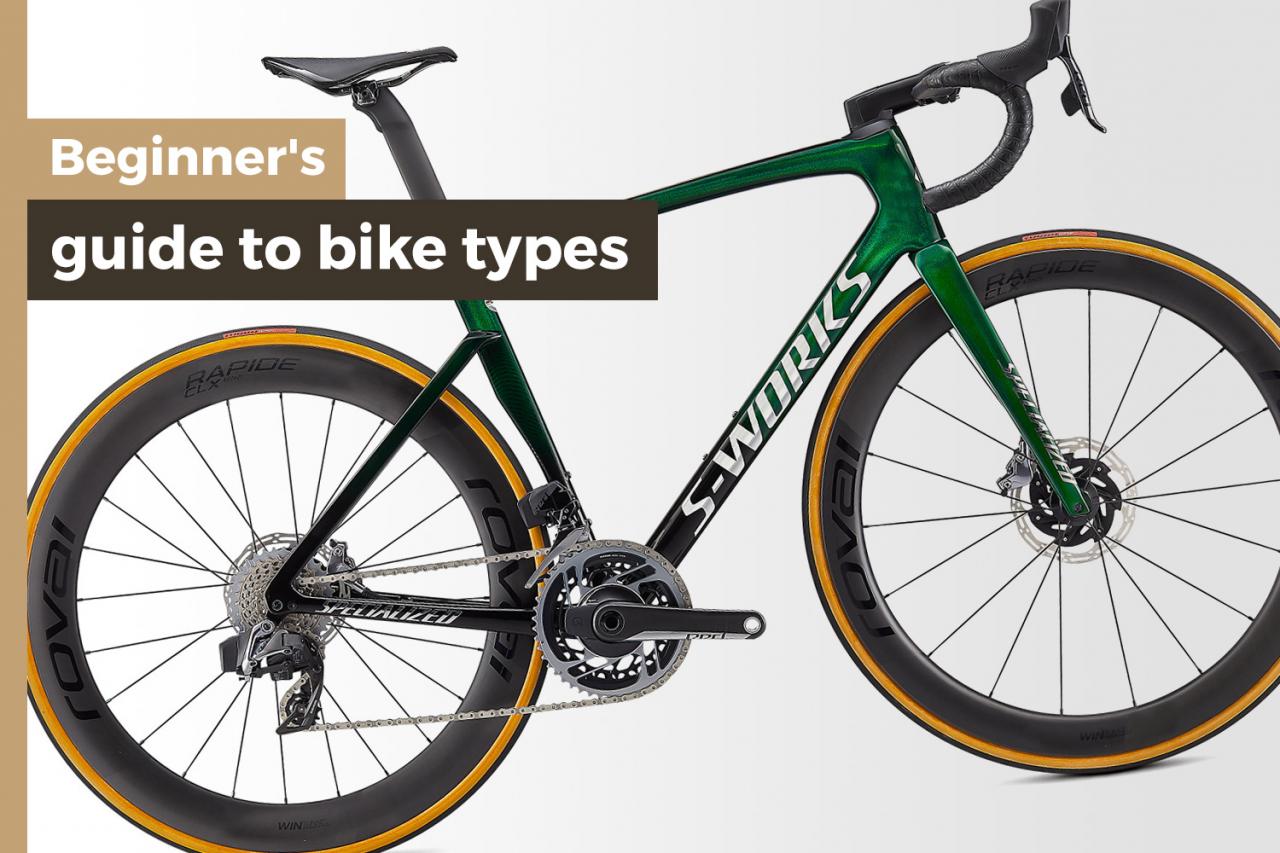Exploring the World of Bike Frames: Understanding the Different Types
When it comes to choosing a bike, one of the most critical decisions you’ll make is selecting the right frame. The type of bike frame you choose can significantly impact your riding experience, whether you’re a casual cyclist, a dedicated commuter, or an avid mountain biker. In this comprehensive guide, we’ll delve into the world of bike frames, exploring the various types available and helping you make an informed decision.

The Role of the Bike Frame
Before we dive into the different types of bike frames, let’s first understand the fundamental role of the frame. The bike frame serves as the backbone of the bicycle, providing structural support and housing essential components such as the wheels, drivetrain, and handlebars. It determines the bike’s overall geometry, which influences how it handles, its stability, and its intended use.
Road Bike Frames
Road bikes are designed for speed and efficiency on smooth surfaces, making them ideal for long-distance rides, racing, and fitness cycling. Road bike frames typically come in three main materials:
Aluminum Frames
Aluminum frames are known for their light weight and affordability. They offer excellent stiffness, making them great for transferring power to the pedals. While they may not provide the same level of comfort as other materials, modern aluminum frames are designed to mitigate road vibrations.
Carbon Fiber Frames
Carbon fiber frames are the choice of many professional cyclists. They are exceptionally lightweight and offer a comfortable ride due to their ability to absorb road vibrations. However, they tend to be more expensive than aluminum frames and may require more maintenance.
Steel Frames
Steel frames are known for their durability and classic aesthetics. While heavier than aluminum and carbon fiber, steel provides a smooth and comfortable ride. Steel frames are often favored by touring cyclists and those who value a traditional look.
Mountain Bike Frames
Mountain bikes are designed for rugged off-road terrain and come in various styles, each with its specific frame design:
Hardtail Frames
Hardtail frames have front suspension forks but lack rear suspension. They are lighter and more efficient for climbing and pedaling on smoother trails. Hardtails are commonly used for cross-country (XC) riding and trail biking. https://www.theebikespecialist.com.au/ebikes-joondalup/
Full-Suspension Frames
Full-suspension frames have both front and rear suspension, offering a smoother and more controlled ride on rough trails. They excel in downhill, enduro, and all-mountain riding. Full-suspension bikes are heavier and more complex but provide superior comfort and traction.
Fat Bike Frames
Fat bikes feature oversized tires that allow them to glide over soft surfaces like sand and snow. These frames have wider clearances to accommodate the massive tires, making them suitable for various terrains.
Hybrid Bike Frames
Hybrid bikes blend characteristics of road and mountain bikes, making them versatile options for urban commuting and recreational riding. Hybrid frames come in various materials, including aluminum and steel. They typically have a more upright riding position, wider tires, and the ability to attach accessories for commuting purposes.
BMX Bike Frames
BMX bikes are built for tricks and stunts, with frames designed for agility and strength. These frames are usually made of steel, offering durability to withstand the rigors of jumps and tricks. BMX frames come in different styles, including freestyle and race-oriented designs.
Electric Bike Frames
Electric bikes, or e-bikes, have gained popularity for their electric assistance in pedaling. E-bike frames are available in various styles, including road, mountain, and hybrid designs. These frames have specific mounting points and internal cable routing to accommodate electric components like batteries and motors.
Cruiser Bike Frames
Cruiser bikes are all about comfort and style. These frames typically feature a relaxed, upright riding position, wide handlebars, and a simple, classic design. Cruiser bike frames are often made of steel for durability and may include features like fenders and racks for added utility.
Time Trial and Triathlon Bike Frames
For competitive time trials and triathlons, specialized frames are designed to maximize aerodynamics. These frames often have unique shapes, integrated components, and deep-section wheels to reduce air resistance and improve speed.
Custom Bike Frames
If you’re looking for a truly unique and tailored cycling experience, custom bike frames are an option. These frames are crafted to your specific measurements and preferences, allowing you to choose materials, geometry, and even frame art.
Conclusion
Choosing the right bike frame is a crucial decision that depends on your riding style, terrain preferences, and budget. Whether you opt for a lightweight road bike frame, a rugged mountain bike frame, or a versatile hybrid frame, understanding the different types available will help you make an informed choice. Remember that the frame is the foundation of your bike, so select one that suits your needs and enhances your overall riding experience. Happy cycling!




